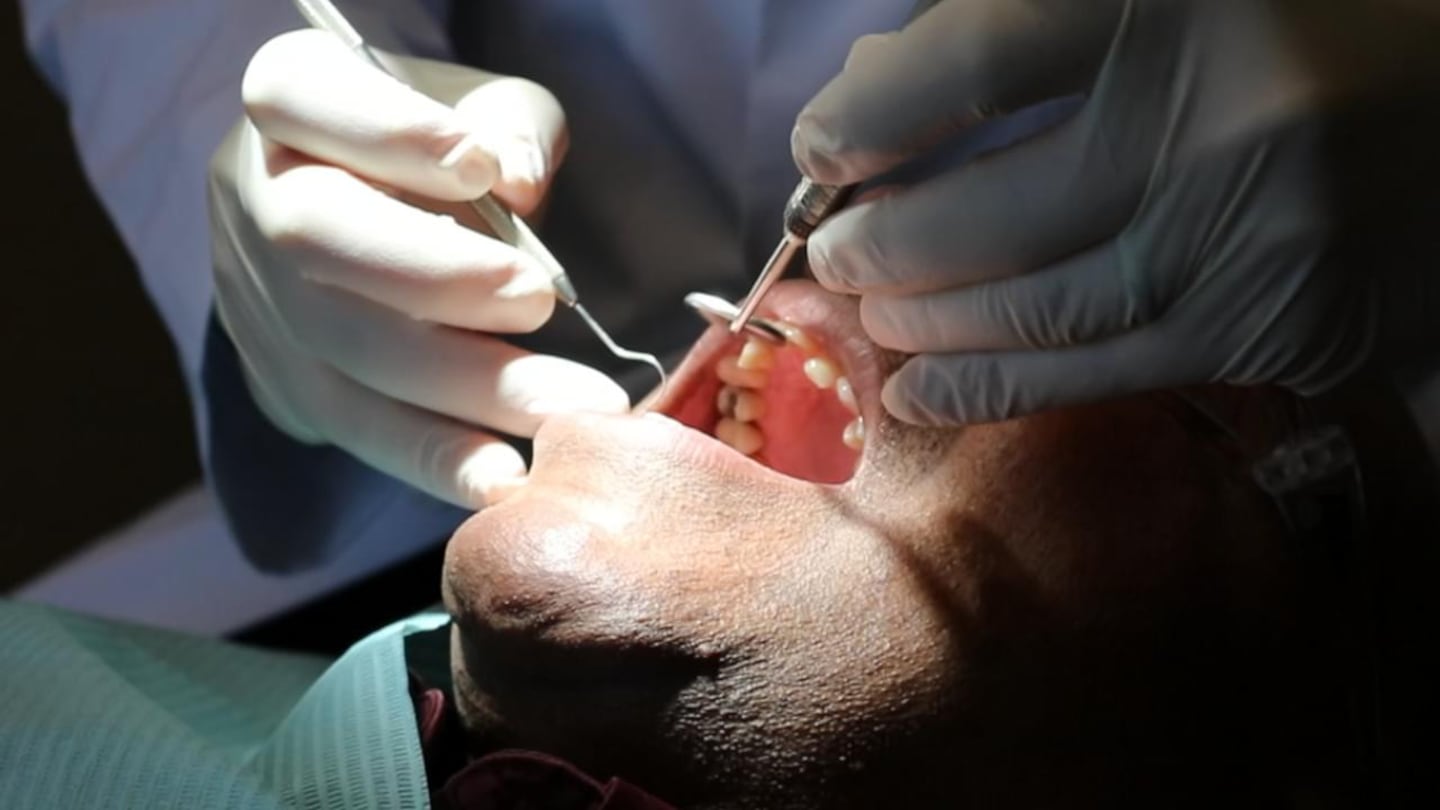Channel 2 consumer adviser Clark Howard says new research shows there may be a way to fill cavities by re-growing part of the tooth itself.
Fillings are one of the most common and least expensive dental procedures in America.
John Sieweke is the dental director at Good Samaritan Health Center in Atlanta. He says while common, fillings are also technique-sensitive.
“If you do not follow that technique, then you are gonna get leakage between the tooth and the filling and that's gonna lead to more decay and more breakdown and potential pain,” Sieweke explained. “Depending on how far that is allowed to go could lead to the loss of the tooth.”
Now a team of researchers at King’s College in London think they’ve found a way to fill cavities, by stimulating a process that already takes place naturally when a tooth is damaged.
“Teeth are a mineralized organ. Highly complex, they contain two different types of mineral: the enamel, which is the stuff on the outside that you see, and underneath they have another mineral called dentine, and right in the middle they have a soft tissue which has got blood supply and nerves,” Paul Sharpe, a member of the King's College team, said.
Sharpe explained that when damage occurs, stem cells in the pulp are activated and begin the process of producing dentine to repair the tooth, but it only works when the damage is small.
“When the damage is big, it just can't cope; the process is not robust enough to repair big holes... i.e., when a dentist has drilled out decay,” he said.
That’s where Tideglusib comes in. Sharpe and his team used the drug to stimulate the process of dentine production in mice.
They placed a small amount of the drug on a sponge and inserted it in the tooth of a mouse where a hole was drilled. The result, Sharpe said, was a massive stimulation of the natural process.
“So you get dentine formed and it completely fills the tooth,” Sharp said. “So the hole that's drilled is now filled with the natural material that's been removed that the tooth has created itself.”
It took two to four weeks for the dentine to grow back. Sharpe says it’s a strong natural repair that could prevent more damage down the road.
“Failure with the conventional treatment where you are using cement is that the cement can crack,” Sharpe explained. “You can get fissures and that can lead to a reinfection of the tooth and there you have to go back to the dentist and have a new one put in.”
TRENDING STORIES:
- No escort section? No problem for area prostitutes on Backpage.com
- Attorney indicted for murder: 'I miss my wife so much. It was the perfect marriage'
- Home Depot under investigation for work that may have put families in danger
According to the National Association of Dental Plans, 114 million in the U.S. had no dental coverage at the end of 2016, so making sure new treatments are affordable is key.
That’s one of the reasons Sharpe and his team chose Tideglusib.
“It had already been used in patients for treatments in neurological disorders such as Alzheimer’s,” he said. “So that means this drug has been used systemically into the bloodstream at high concentrations ... and there is safety data ... so all the costs of drug development -- safety trials and everything else -- we don't have those. That's why I think among other things it could be cost-effective treatment.”
It’s also a relatively simple process, which also helps to keep cost down.
“It's very uncomplicated,” Sharpe said. “Dentistry is massively high volume/low cost treatment -- so anything that's really over-complicated and expensive is never going to make the market.”
It will still be about two years before there are human trials, but Sharpe stresses that even if this treatment goes mainstream, the drug is only meant to repair damage.
Sieweke agrees and says prevention is the best way to keep your dental costs down.
“I think a lot of times that is getting lost in the real day-to-day treatment world. The focus is, ‘What's broken? How do we fix it?’ And unfortunately too often also, ‘What's the cost?’ And the cheapest way to bring down the cost of dental care is to prevent it,” Sieweke said.
Clark says he’s excited for the future.
“You never know with science, but I think this one is the real deal for your mouth and mine,” Clark said.
The best way to keep your dental bill down is to brush your teeth. Do you know how to do it correctly? Clark reecntly learned that he did not.
Here's a tutorial from a dentist on how to brush correctly.
Cox Media Group








